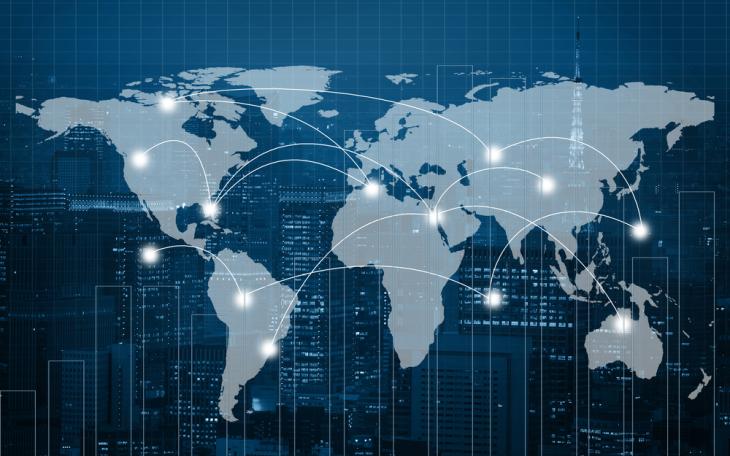#TradeTuesday: Are we entering a post-covid era of trade?

By Emily Chen & Hugh Matthews
China has long-established itself as the ‘world’s factory’. They enjoyed rapid industrialisation under Deng Xiaoping and since then, the government has continued to reinvest into manufacturing infrastructure. Further, its abundant population made it possible to staff many large factories, without the same economic cost of labour as in Europe. Its gargantuan land mass means that renting land for factories is also much cheaper. The nature of Chinese government has also meant that politics tend to be stable; companies were not surprised by what the government did. This was until the COVID-19 pandemic.
Former US President, Donald Trump, played a significant role in China losing its role as de facto beginning of a company’s supply chain. Since Trump set trade tariffs on washing machines and the trade war that ensued, many American companies found it financially sensible to look abroad. This was reinforced during the pandemic, when countries took an individualised approach to opening up borders and welcoming employees back to factories. Only recently has China eased its ‘zero-Covid’ policy, an approach that sought to cease community transmission of the disease as soon as it was detected. Under this policy, an individual case of COVID restricts movement into the locale of the infected individual. Santander found that Shanghai, a city that accounts for 40% of China’s GDP, is the largest city to have been totally closed down due to positive tests. For the first time China’s exports were unpredictable. This situation realised many countries’ fears. Germany, America, and the UK are just three countries which have discussed their overdependence on China.
Many countries have tried to fill orders where China could not. For example, India has a large labour pool and a long history for manufacturing. Prime Minister Modi has sought to position India as the next global manufacturer by bolstering international relations (such as with the US India Strategic Partnership Forum) and a stable tax regime. The absence of geopolitical tensions and covid lockdowns motivated Apple to move production of its iPhone to India.
Similar tales can be told for other Southeast Asian countries. Bangladesh’s existing garment manufacturing industry has been consistently growing. The government has sought to coax back European fashion houses and trade agreements lost following the infamous Rana Plaza factory tragedy. Since then, the government has introduced initiatives like the Accord on Fire and Building Safety and the Alliance for Bangladesh Worker Safety. Its efforts have been rewarded, with apparel shipments to the EU growing by 42% between January and October 2022.
Despite these opportunistic trade strategies, companies have learned that it is safer not to entirely rely on one country for all components of its products. If in doubt, ask Sony. The factories making the PS5 chip were based in China and could not meet the astronomical demand for the games console. Subsequently, shares dropped by 13% at one point. Hence, companies have come to regard diversifying supply chains as a means of futureproofing from potential obstacles.
Due to China’s prior all-encompassing offer of cheap labour, cheap rent for factories, and relatively stable politics, it took something as extreme as COVID-19 to oust the country as sole global manufacturer. However, the other countries mentioned have not been able to match China’s pre-covid levels of trade. Therefore, I will leave it to you to decide whether that means we are entering a post-COVID-19 trade era or not...








